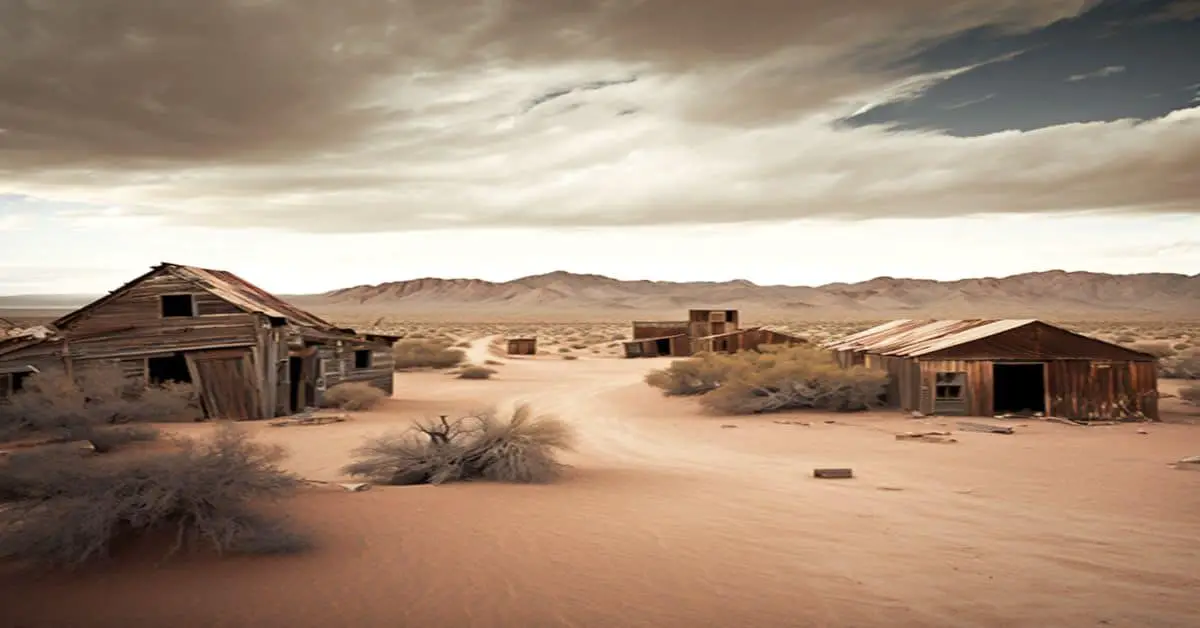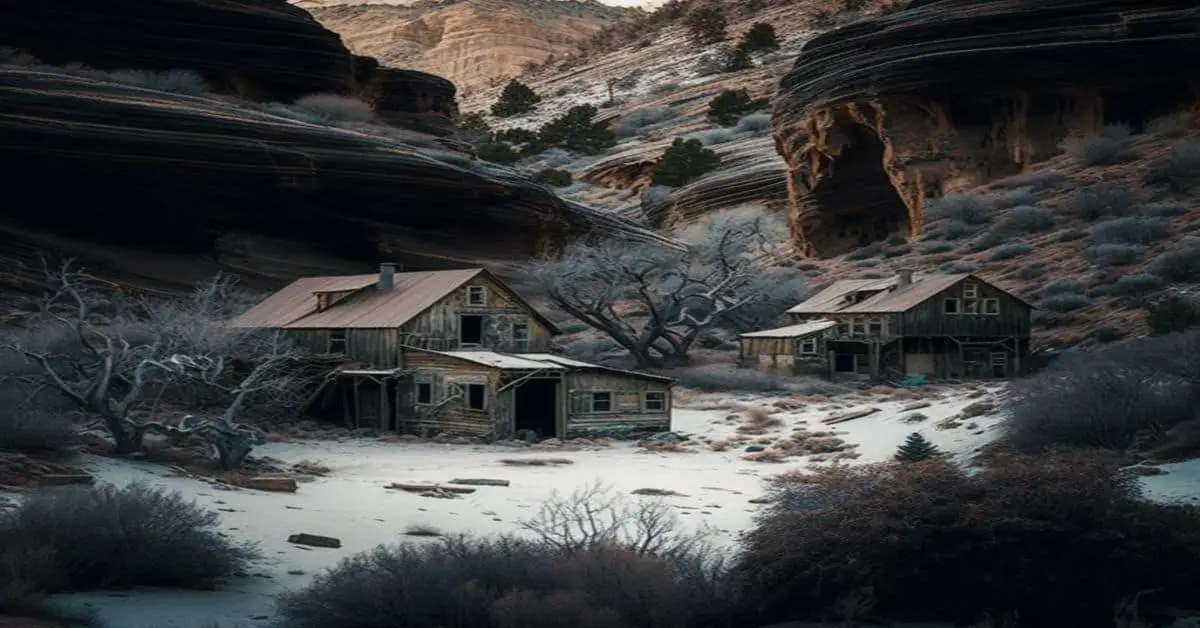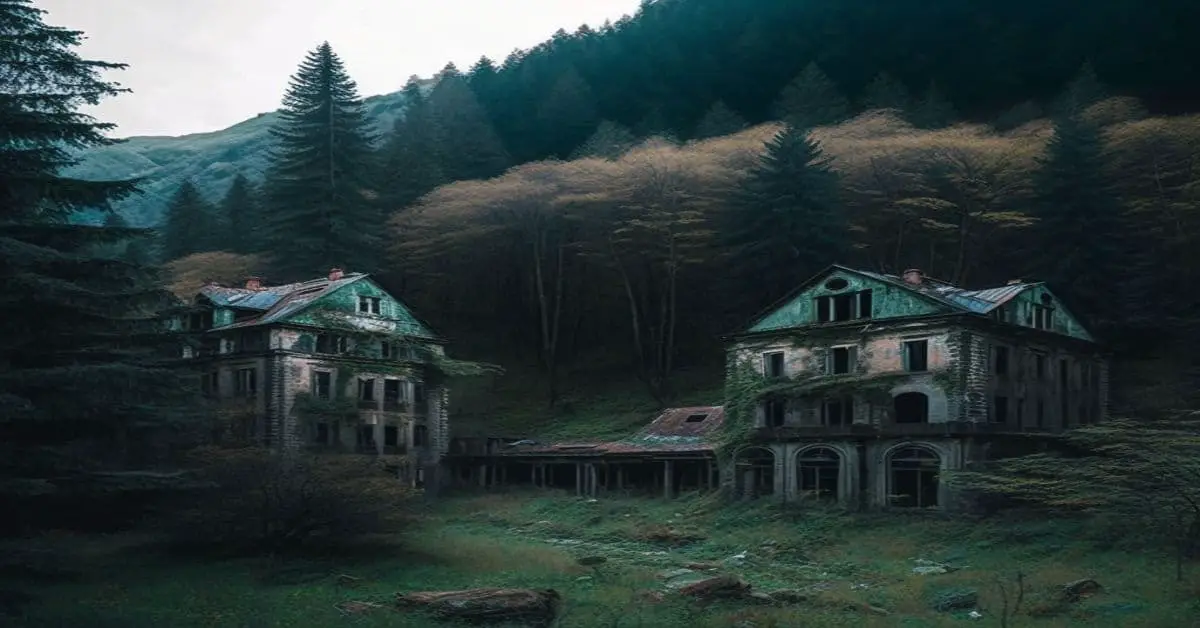Agua Fria, a once-thriving trade center and the first Seat of Justice in Mariposa County, California, has a rich history dating back to the discovery of gold in 1849 by John C. Fremont’s men.
Although no structures remain today, this ghost town offers a glimpse into the past, where one can imagine scores of miners wading in Agua Fria Creek.
The town’s history and cultural significance make it a fascinating destination for history buffs and those interested in the American West.
In this article, we will explore the location and history of Agua Fria, highlighting its features and attractions.
Additionally, we will provide information on visiting the ghost town and the climate of the surrounding area.
Discover Agua Fria, a historic landmark, and experience the rich history of California’s gold rush era.
Key Takeaways
- Agua Fria was a booming trade center and final destination for many new arrivals in California in 1850.
- Agua Fria had a hotel, express office, assayers, billiard room, bowling alley, monte and faro banks, about a dozen stores, numerous tents and log cabins, and several houses of ill repute by the Fall of 1850.
- No structures are remaining in Agua Fria, but one can imagine scores of miners wading in Agua Fria Creek.
- Agua Fria suffered a succession of disastrous fires and was never rebuilt.
Location and History
Located in California, Agua Fria was a booming trade center and the first Seat of Justice in Mariposa County from February 18, 1850, to November 10, 1851.
The town may have been discovered by John C. Fremont’s men in 1849, indicating its potential for exploration during the California Gold Rush.
Agua Fria’s cultural significance is evident because it was the center of trade and commerce for many new arrivals in California in 1850.
The town played a crucial role in the Mariposa Indian War in 1850, as James Burney recruited men from Agua Fria to pursue the natives.
Agua Fria’s historical importance is further highlighted by establishing a post office in 1851 and a 6-stamp quartz mill in Upper Agua Fria in 1853.
Despite its cultural and historical significance, Agua Fria suffered a succession of disastrous fires and was never rebuilt, leaving behind only the memories of its former glory.
Features and Attractions
The remnants of Agua Fria include a diverse array of amenities that reflect the thriving mining community of the mid-1800s. Among them were a hotel, express office, assayers, billiard room, bowling alley, and monte and faro banks, which provided endless entertainment options for miners. The town also had numerous tents and log cabins, and several houses of ill repute, which catered to the miners’ needs. Although there are no structures left standing in Agua Fria, mining artifacts and local legends continue to attract visitors.
The site of Agua Fria serves as a testament to California’s gold rush history. The town had a significant role in Mariposa County’s early development, serving as its first Seat of Justice. Visitors can admire the remnants of the town’s prosperous past and reflect on the hardships that those who lived there endured.
Agua Fria’s unique blend of amenities and historical significance makes it a must-see destination for those interested in California’s gold rush history.
Visiting and Climate
When planning a visit to Agua Fria, it’s important to note that the town’s climate rarely sees snowfall. The area experiences a Mediterranean climate, with hot summers and mild winters. Visitors should be aware that temperatures can reach over 90°F in the summer months, so it’s best to plan a visit during the cooler months of the year.
Aside from exploring the historic ghost town, there are several nearby attractions that visitors can enjoy. Agua Fria Road can be taken to Mount Bullion and the site of Princeton, offering scenic views of the surrounding hills. The town also provides a nice alternate route into Mariposa, where visitors can take a stroll through the charming downtown area or visit the Mariposa Museum and History Center.
Overall, visitors should plan their trip to Agua Fria during the cooler months and take advantage of the nearby attractions to make the most out of their visit.
Frequently Asked Questions
What led to the succession of disastrous fires which caused Agua Fria to be abandoned?
The causes of abandonment of Agua Fria were several disastrous fires, which impacted the environment and destroyed the structures. The town was never rebuilt due to the lack of resources and the decline in mining activity.
Are there any plans to restore or preserve any of the remaining structures in Agua Fria?
There are no plans for restoration or preservation of remaining structures in Agua Fria. Despite its historical significance as a booming trade center and Mariposa County’s first Seat of Justice, the town suffered disastrous fires and was never rebuilt.
Were any notable figures or events associated with Agua Fria during its time as a mining camp and trade center?
The discovery of gold in Agua Fria by John C. Fremont’s men in 1849 attracted notable figures and events to the mining camp and trade center. The impact of this discovery also led to the growth of nearby towns.
How did the discovery of gold in Agua Fria impact the development of nearby towns and cities in California?
The discovery of gold in Agua Fria had a significant impact on the local economy and migration patterns in nearby towns and cities in California. It resulted in a booming trade center and attracted new arrivals to the area, leading to the development of surrounding communities.
Is there any evidence of the houses of ill repute or other illicit activities in Agua Fria in the Fall of 1850?
Exploring Agua Fria’s history, evidence of houses of ill repute in fall 1850 remains unclear. However, records indicate Agua Fria had numerous tents and log cabins and several houses of ill repute, making it likely that prostitution was rampant.


